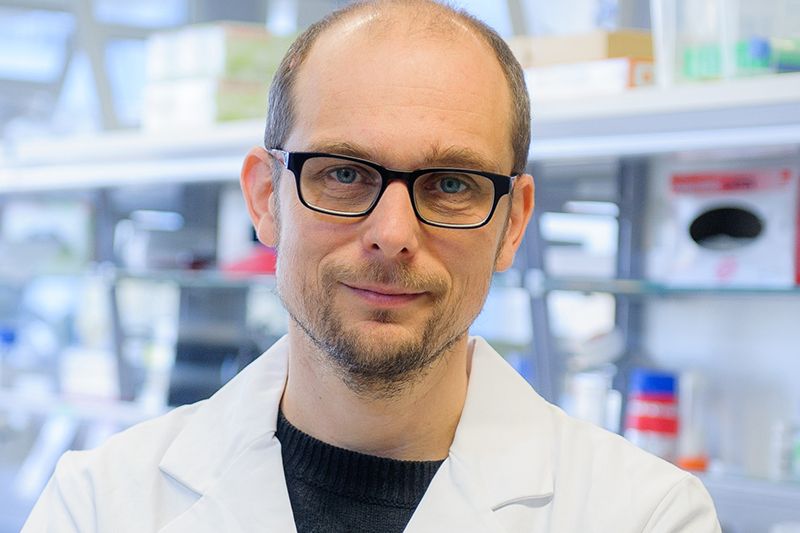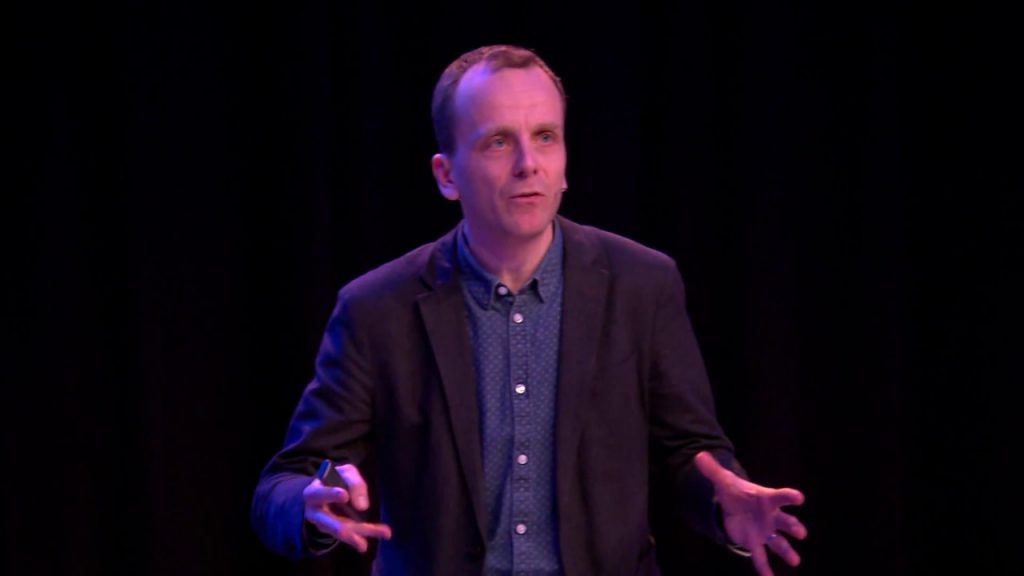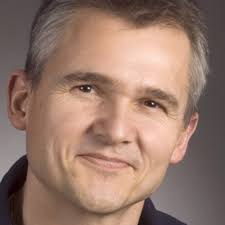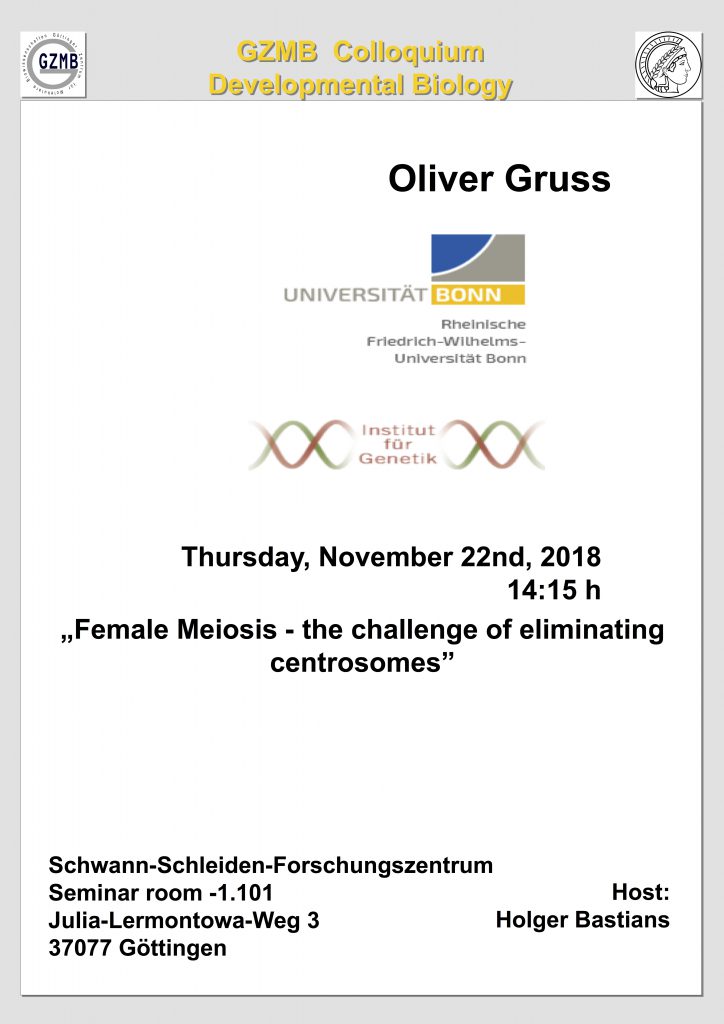FOR2800: Progress Reports 2021 via Zoom
!! Attention: Time Changed to every secound TUESDAY of the month to 3pm !!!!!
08.06.2021: SP1 – Petra Beli and Ivan Mikicic
06.07.2021: SP2 – Holger Bastians and Nicolas Böhly
07.09.2021: SP3 – Maik Kschischo and XiaoXiao Zhang
09.11.2021: SPZ – Bernd Wollnik and Alexander Wolff
07.12.2021: SP5 – Bernd Wollnik and Ipek Ilgin Gönenc
11.01.2022: SP6 – Markus Räschle and Angela Wieland
08.02.2022: SP8 – Zuzana Storchová and Kristina Keuper
08.03.2022: SP9: Dominik Boos and NN.
If you have questions or like to join the Zoom Meeting please feel free to contact us.
–!! Online Retreat – 28th of April !!–

Due to the still complicated Situation with the Corona Virus the research Network decided to do an Online Retreat this year with all the Group-Leaders for talking about all projects and planning how to continue with the FOR2800.
If you like to join or have any question please feel free to contact us.
Progress Reports 2021

Attention!: Every secound Thursday in the month we continue our FOR2800 Progress Reports at 3 o´clock, pm.
Please see the list of Talks for 2021 below. If you have questions feel free to contact us.
List of talks:
13.01.2021_ Progress Report of SP4, Matthias Dobbelstein
11.02.2021_ Progress Report of SP5, Bernd Wollnik
11.03.2021: Progress Report of SP6, Markus Räschle
15.04.2021_Progress Report of SP8, Zuzana Storchová
–!! Every talk is recorded by the Administrator of the meeting and afterwards available on a FOR specific Server for seeing it again. !!–
NEW: FOR2800 Progress Reports 2020 via Zoom.
Due to the actual Situation the FOR2800 decided to have Zoom meetings with Progress Reports to be up to date. The Meetings will take place every 2nd Wednesday of the month at 4pm.
Please see the list of Talks for 2020 below. If you have questions feel free to contact us.
List of talks:
9.9.2020_ Progress Report of SP1, Petra Beli
14.10.2020_ Progress Report of SP2, Holger Bastians
11.11.2020: Progress Report of SPZ, Arne Zibat/Bernd Wollnik
09.12.2020_Progress Report of SP3, Maik Kschischo
Talk of Professor Dominik Boos_28.10.2020_ 4:30PM_Zoom

on October 28th at 4:30 pm the FOR2800 will have an Online Zoom Talk given by Dominik Boos from the University of Duisburg-Essen.
In his talk Prof. Boos will give some interesting facts about mechanisms of replication origin firing, which is of high interest during replication stress.
If you are interested in participation please contact:
Magdalena Hennecke:
magdalena-isabell.hennecke@zentr.uni-goettingen.de
CANCELLED_Talk of Prof. Linda Wordeman_ 25.06.2020

Prof. Linda Wordeman is a guest speaker from Seattle, USA who will give an interesting talk at the University medical center Göttingen on June the 25th 2020.
More Information about the talk will come soon..
Interested in seeing more about her work?
Look here: http://faculty.washington.edu/worde/
CANCELLED_Talk of Prof. Floris Foijer_7.5.2020
Prof. Floris Foijer is a guest speaker from Groningen, Netherlands who will give an interesting talk at the University medical center Göttingen on Mai the 7th 2020.

More Informations about the talk will come soon….
Talk of Prof. Oliver Gruss_22.11.2018
Oliver Gruss from the university of Bonn, Germany has given an interesting talk about female meiosis at the University medical Center Göttingen on November the 22th 2018.


Talk of Dr. Sarah McClelland_ 05.12.2019
Focus on the Individual: The importance of chromosome-specific biology in generating aneuploidy patterns in cancer





